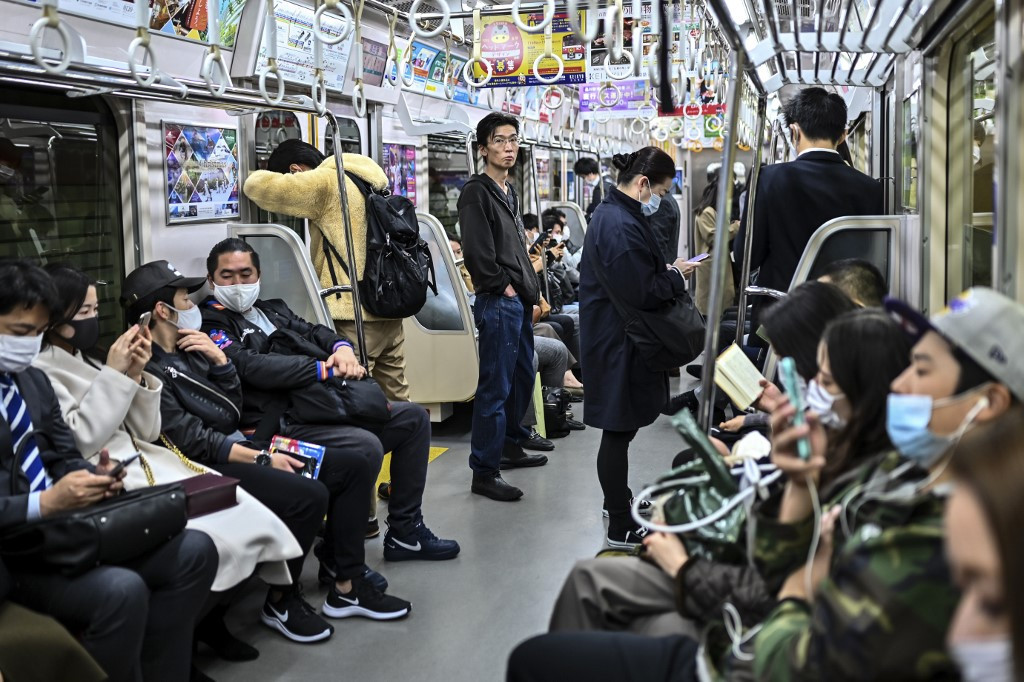Popular Reads
Top Results
Can't find what you're looking for?
View all search resultsPopular Reads
Top Results
Can't find what you're looking for?
View all search resultsJapan's household spending rebounds from initial COVID-19 hit
Change text size
Gift Premium Articles
to Anyone
J
apan’s household spending rose in October for the first time in over a year, government data showed on Tuesday, a sign the economy was gradually emerging from the damage caused by the first wave of coronavirus infections.
But a recent resurgence of infections clouds the outlook for the world’s third-largest economy, keeping policymakers under pressure to support a fragile recovery with massive monetary and fiscal stimulus measures.
Real wages fell in October for the eight straight month, separate data showed, suggesting households are not immune to the hit to corporate profits from the pandemic.
Later on Tuesday, the government is likely to compile a fresh stimulus package of around 73 trillion yen (US$702 billion) to cushion the blow from COVID-19, according to Japanese media reports.
“Economic activity has resumed, which was partly behind the rise in household consumption,” a government official told a briefing. “But the impact of COVID-19 persists, so we must watch developments carefully,” he added.
Household spending increased 1.9 percent in October from a year, falling short of a median market forecast for a 2.5 percent gain but marking the first rise in 13 months.
The increase was mostly in reaction to a slump in spending in October last year, when households slashed consumption after a sales tax hike that took effect that month.
A government campaign offering discounts to domestic travel, which critics say may have helped spread infections, also propped up otherwise weak spending on services, the data showed.
Durable goods such as automobiles and refrigerators fared well, highlighting the contrast between robust demand for goods and continued sluggishness in service consumption.
Japan’s economy suffered its worst postwar contraction in the second quarter due to the hit from COVID-19.
Revised data released on Tuesday showed the economy grew an annualised 22.9 percent in July-September, better than an initial estimate of a 21.4 percent expansion, a sign it was heading for a moderate recovery.
With the recovery fragile, however, the Bank of Japan is set to maintain its massive stimulus programme and consider extending a range of schemes aimed at easing corporate funding strains as early as its rate review next week.










